Relativity Customer Stories
From small teams to large enterprises, our market-leading tech helps users work faster and smarter. See what’s in store for you.
Featured Customer Story
Purpose Legal Slashes Thousands of Hours to Beat Impossible Deadline with Relativity aiR for Review
Learn how Purpose Legal used Relativity aiR for Review to beat an impossible one-week deadline while reviewing a 300,000+ document case.

PwC UK Uses Relativity aiR for Review and Review Centre to Reduce Review Time by Nearly 80%
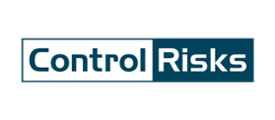
Control Risks Solves a Whistleblower Case in 2 Weeks with Relativity aiR for Review

Array Uses Relativity aiR for Privilege to Save Hundreds of Hours and Meet Tight Privilege Review and Logging Deadline

One Matter, Three Relativity aiR Solutions: Alvarez & Marsal Transform Review, Privilege, and Case Strategy

Morae Cuts Breach Scope by 79% and Accelerates Review by 33% Using Generative AI-Powered Data Breach Response

Purpose Legal Slashes Thousands of Hours to Beat Impossible Deadline with Relativity aiR for Review

Ashurst Transforms Global e-Discovery Operations with RelativityOne & Epiq

PwC UK Cuts Contract Review Volume by 73% with Relativity Contracts
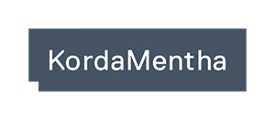
KordaMentha Unlocks Strategic Insight & Meets Critical Deadline with Relativity aiR for Review

Morae Cuts Client Costs by 75% and Meets a One-Week Deadline with Relativity aiR for Review

JND Helps a Government Agency Review 650,000 Documents in One Week and Reduce Project Time by 80% with Relativity aiR for Review

Miller Thomson Cuts Review Time in Half with Review Center

Gilbert + Tobin Transforms Legal Operations with Relativity aiR for Review
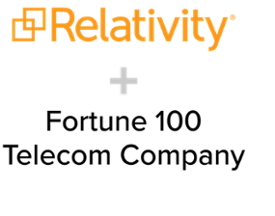
Fortune 100 Telecom Company Cuts Review Time by 80% with Relativity aiR for Privilege

Gilbert + Tobin Achieved Significant Time and Cost Savings with RelativityOne

Teneo Uses aiR for Review to Cut Costs By 70% and Reduce Review Time of 1M Documents from Months to Days
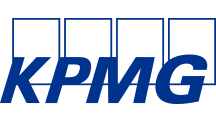
KPMG Processes 1.5TB of Data in Client's Cyber Incident, Reducing Irrelevant Data by 90%

JND Saves Corporate Clients Hundreds of Review Hours and Cuts Costs by Nearly 60% with Relativity aiR for Review

Cimplifi Uses Generative AI in Relativity aiR for Review to Cut Review Time in Half

Control Risks Helps Law Firm Meet U.S. Government Review Deadline by Converting 500GB of Data to RSMF
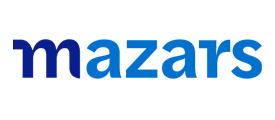
Mazars Uses RelativityOne to Cut Costs, Save 300+ Hours, and Streamline Workflows
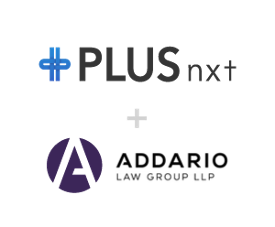
PLUSnxt Helps Boutique Law Firm Seamlessly Adopt RelativityOne

SFO-Ontario Saves $150,000 on One Case with Active Learning in RelativityOne

Miller Thomson Saves Crucial Time with Automated Workflows
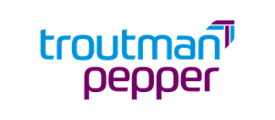
Troutman Pepper Sees 30% Time Savings Per Case with Collect in RelativityOne
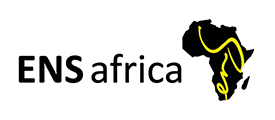
ENSafrica Uses RelativityOne to Translate Urgent Documents in Their Native Format within 24 hours

Jackson Walker Sees Sizable Time Savings with Automated Workflows

Borden Ladner Gervais Increases Profitability with RelativityOne

Am Law 200 Firm Thompson Coburn Saves Money and Increases Efficiency with RelativityOne
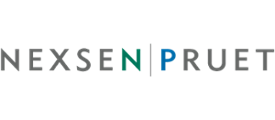
Am Law 200 Firm Nexsen Pruet Saves Significant Time and Money with RelativityOne

A&M Brazil Uses RelativityOne to Efficiently Collect & Deliver Data at Lower Costs

icourts Investigates Anti-Money Laundering Breaches at International Bank

Bird & Bird's Move to RelativityOne Lets Them Do More Focused Review 24/7

Cimplifi Uses Relativity to Help Bowman and Brooke LLP Expand Their Business

Sunstein Cuts Their Annual Spend in Half with RelativityOne

PLUSnxt Uses RelativityOne to Streamline Processes and Reduce Data Volume by 77%

Control Risks Assesses a Compliance Violation in 1 Week with RelativityOne

Freeport Saves $500k+ During the COVID-19 Pandemic by Switching to RelativityOne
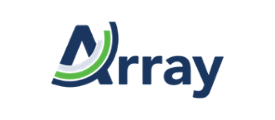
Array Lands 11+ New e-Discovery Projects with Aero UI

ProSearch Uses RelativityOne to Clear a Challenging Project Backlog in 10 Days
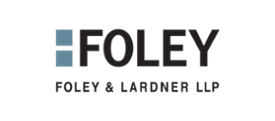
Foley & Lardner Uses Active Learning to Save $10 Million on a White-Collar Investigation
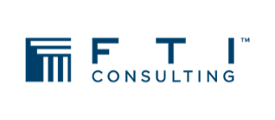
FTI Consulting Showcases Second Request Expertise with RelativityOne
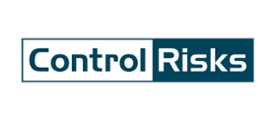
Control Risks Collects and Processes 808 GB in a Few Days

Allen & Overy Transforms Global Business with RelativityOne
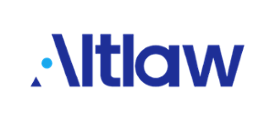
Altlaw Spends 20% More Time on Clients by Moving to RelativityOne
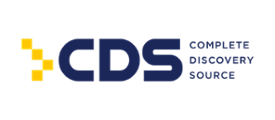
CDS Culls Data by More than 99% in Data Subject Access Request
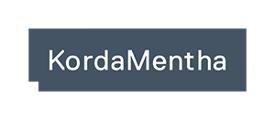
KordaMentha Uses Relativity to Identify Cultural Issues Among Employees
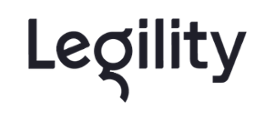
Legility Uses Analytics to Decrease Data Volume by 99% on ERISA Matter
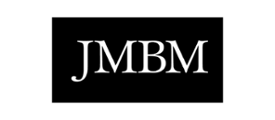
Jeffer Mangels Butler & Mitchell Processes 123 GB with Full Metadata in 1 Weekend
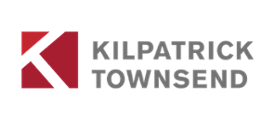
Kilpatrick Townsend Makes Exhibit Stamping 60x Faster
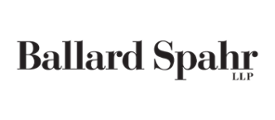
Ballard Spahr Saves Client More than $125,000 on a Document QC Project

JND eDiscovery Uses Early Case Assessment to Eliminate 95% of 3 TB Review Set
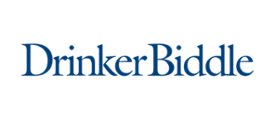
Drinker Biddle Shuts Down Whistleblower Defense in 7 Days

Cozen O'Connor Finds the Smoking Gun Among 2 Million Documents
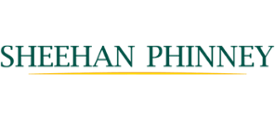
Sheehan Phinney Eliminates 99% of Data and Pinpoints Hidden Assets
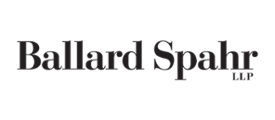
Ballard Spahr Eliminates More Than 80% of a Collection

eLaw Saves $258,000 in High-Stakes Document Review
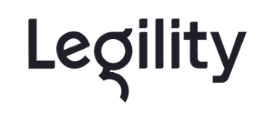
Legility Cuts Average Review Time by 75%
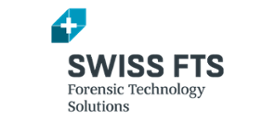
Swiss FTS Unravels Money Laundering Scheme with a Custom Application
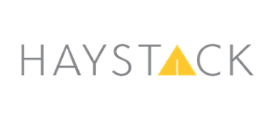
Haystack Completes IP Matter in 1 Weekend with Analytics

Reilly Pozner Spends 75% Less Time on Settlement Calculations
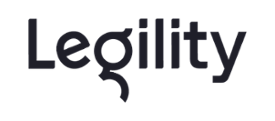
Legility Culls 1.8 Million Documents to 10,000 in 1 Weekend

Dickinson Wright Goes from Collection to Review in 32 Hours

McDermott Will & Emery Saves Client Over $2 Million with Assisted Review

Reed Smith Saves Multi-Billion Dollar Opportunity
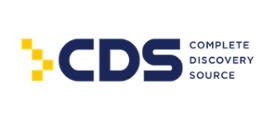
CDS Reduces Manual Review by 85%

Environmental Protection Agency Responds to 10,000+ FOIA Requests Per Year
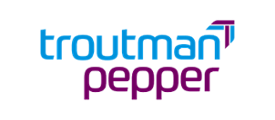
Troutman Pepper Uses Email Threading to Reduce Reviewable Data Set by 34%

Dickinson Wright Saves $335,250 in Review Costs

Stradley Ronon Eliminates 94% of Documents from Manual Review
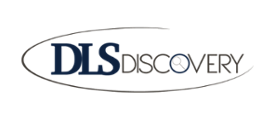
DLS Discovery Saves 1,150 Hours of Review Time
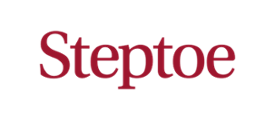
Steptoe Saves Client $2.7 Million on DOJ Second Request

Special Counsel Unravels Embezzlement Scheme with a Single Chinese Character
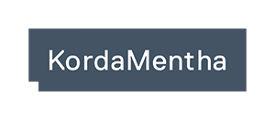
KordaMentha Uses Active Learning to Adhere to Complex Request in 2 Weeks

icourts Saves $5 Million with Active Learning
